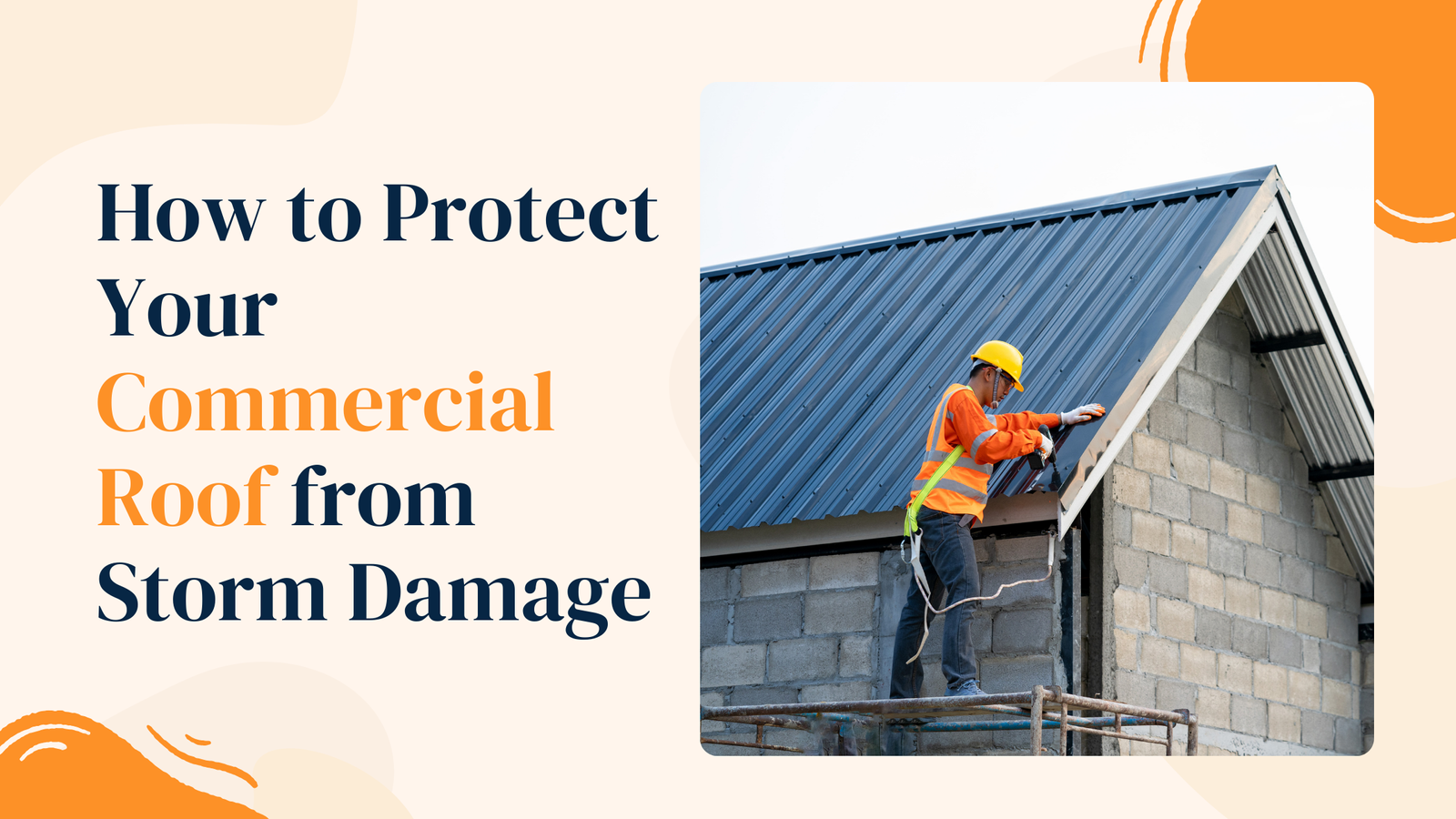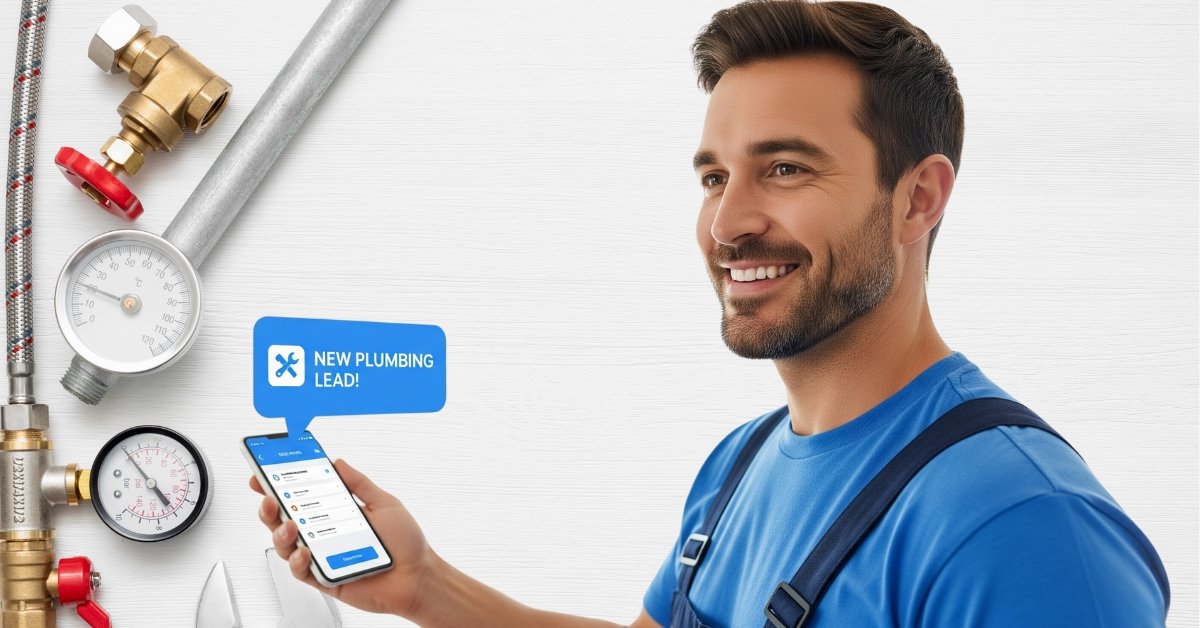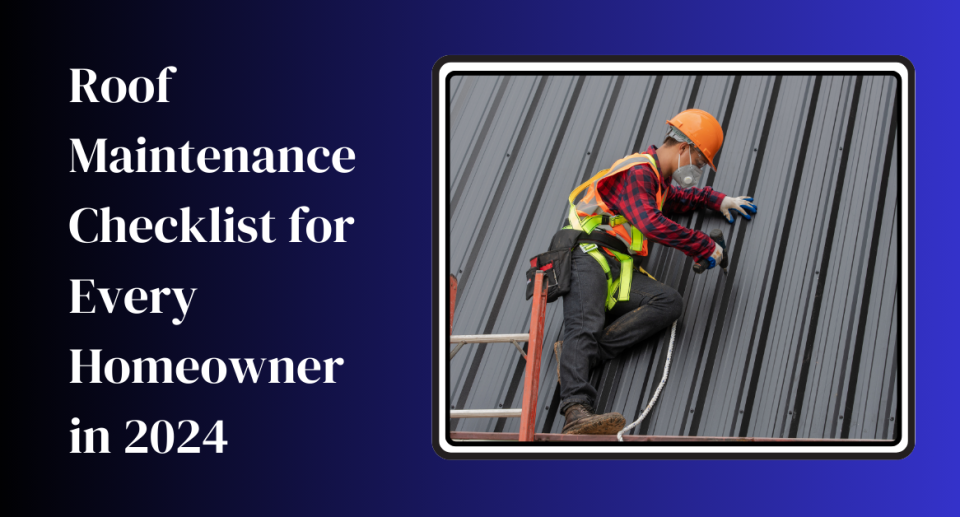Your commercial roof isn’t just a structural element—it’s your first defense against the unpredictable wrath of nature. When a storm hits, your business could be left vulnerable to serious damage that disrupts operations, drains your budget, and jeopardizes safety. But the good news? You can minimize the risk with smart, proactive steps.
In this guide, we’ll break down practical ways to prepare your commercial roof for storm season, maintain its strength, and handle potential issues before they escalate. Whether you’re managing a retail center, warehouse, office building, or industrial facility, these tips can help you sleep better when dark clouds roll in.
1. Why Storms Are a Real Threat to Commercial Roofs
Commercial roofs—especially flat or low-slope systems—are built differently than residential ones. Their wide surface areas are ideal for utility and space use, but they’re also more prone to storm-related stress. Wind can peel back membranes or flashing, hail can puncture materials, and pooling water from heavy rains can cause leaks or even structural failure.
Some common risks include:
- High winds lifting roofing materials or equipment
- Heavy rain overwhelming the drainage system
- Hailstones breaking down membranes and insulation
- Falling debris like tree limbs or flying objects damaging the surface
Ignoring storm preparation can cost your business more than just repair expenses—it could lead to operational shutdowns, interior damage, mold growth, or liability risks.
2. Schedule Professional Roof Inspections Regularly
Think of inspections as a health checkup for your roof. You wouldn’t wait for your car to break down before servicing it, right? The same logic applies here.
Have your commercial roof inspected by a licensed roofing professional at least twice a year—ideally before and after storm season. They’ll check for:
- Punctures or cracks in the membrane
- Deteriorated flashing and seams
- Pooling water or clogged drainage
- Loose or unsealed rooftop equipment
- Signs of aging or structural strain
Quick fixes made early on can save you thousands later. Plus, detailed inspection reports help if you ever need to file an insurance claim.
3. Clear and Maintain Drainage Systems
Water is sneaky. If your drainage system is blocked by debris, leaves, or roofing gravel, water will find other ways into your building—usually through the path of least resistance: your roof.
Here’s what you can do:
- Clean out gutters and downspouts every few months
- Make sure scuppers and internal drains are functioning
- Consider installing additional drains if your roof tends to pond
- Add strainers to prevent future blockages
A properly drained roof not only lasts longer, but also reduces the risk of mold, leaks, and insulation damage.
4. Upgrade to Storm-Resistant Roofing Materials
Some roofing materials simply handle storms better than others. If you’re considering replacing or retrofitting your commercial roof, go for durability and storm resistance.
Popular options include:
- TPO (Thermoplastic Polyolefin): TPO Roofing Is Great for heat reflection and impact resistance
- EPDM (Rubber): Long-lasting and flexible, even in extreme weather
- Metal Roofing: Highly wind-resistant, fireproof, and often hail-rated
- Modified Bitumen: Reinforced for better puncture resistance
Also, ensure proper installation. Even the best materials fail if seams are poorly sealed or if flashing isn’t installed correctly.
5. Apply Roof Coatings for Extra Protection
Roof coatings are like armor for your roof. They’re applied over existing systems to seal, protect, and extend life expectancy—especially useful in storm-prone regions.
Here are a few types:
- Silicone Coatings: Resist UV, standing water, and extreme temperatures
- Acrylic Coatings: Reflect sunlight and lower rooftop temperature
- Polyurethane Coatings: Highly durable, ideal for roofs with heavy foot traffic or equipment
Besides protection, coatings also improve energy efficiency and reduce thermal movement that can stress roof seams.
6. Secure Rooftop Equipment and Loose Items
Unsecured items are a recipe for disaster during high winds. One loose HVAC panel or satellite dish can tear across your roof like a blade—ripping materials, damaging insulation, or even injuring someone below.
Here’s how to safeguard your equipment:
- Use storm-rated straps or anchors for all rooftop components
- Check for rust or corrosion on supports and fasteners
- Have a roofing contractor confirm compliance with wind load codes
- Store or secure any movable equipment before a forecasted storm
The fewer projectiles on your roof, the lower your storm-related risk.
7. Trim Trees and Remove Overhanging Branches
Storms and trees don’t mix well. A single heavy branch falling onto your commercial roof can cause significant punctures or even collapse lightweight sections.
Tips to prevent tree-related damage:
- Trim back branches that hang over or near the roof
- Remove dead or leaning trees from your property
- Consider hiring an arborist to assess storm risk areas
- Schedule tree maintenance annually—especially before storm season
Landscaping might seem unrelated, but it plays a big role in protecting your commercial property.
8. Have a Storm Response Plan in Place
Being prepared for a storm is as important as preventing damage in the first place. A solid response plan helps you act quickly and calmly when a storm hits.
Key elements to include:
- Emergency contact info for roofing contractors, electricians, and insurers
- A checklist of areas to inspect post-storm
- Temporary tarping or waterproofing resources
- Procedures for documenting damage (photos, notes, drone footage)
- Communication plan for informing staff or tenants
Don’t wait until the skies darken—build this plan today, train your team on it, and keep copies accessible.
9. Understand Your Insurance Coverage
It’s not enough to just have insurance—you need to know what it actually covers. Review your policy and ask:
- Is storm damage explicitly covered?
- Are inspections or maintenance required for claims to be valid?
- What’s the deductible for wind or hail events?
- Do you have business interruption coverage?
Keeping maintenance records, inspection logs, and before/after photos will make the claims process smoother. You don’t want to be arguing about roof care history when your building is leaking.
10. Build a Relationship with a Reputable Roofing Contractor
You don’t want to be flipping through Google search results after a storm when your roof is actively leaking. Establish a working relationship with a trusted commercial roofing company in Houston now—before you need them.
A good contractor will:
- Offer regular inspections and maintenance packages
- Know your roof’s history and weak points
- Be available for emergency repairs
- Advise on improvements before storm season
- Help you navigate insurance claims
Think of them as your roofing partner, not just a vendor.
Protecting Your Commercial Roof Is a Long-Term Investment
Storm damage can be unpredictable and devastating, especially for commercial properties where even minor roof issues can disrupt operations or lead to significant repair costs. However, with proper planning, consistent maintenance, and attention to key vulnerabilities, the risk can be significantly reduced. A well-maintained roof not only stands up better to harsh weather but also contributes to the overall integrity and longevity of the building.
Prioritizing routine inspections, reinforcing weak points, and making thoughtful upgrades are all part of a proactive approach that pays off in the long term. Preparing before the storm is the most reliable way to ensure continued safety and structural performance when it matters most.




